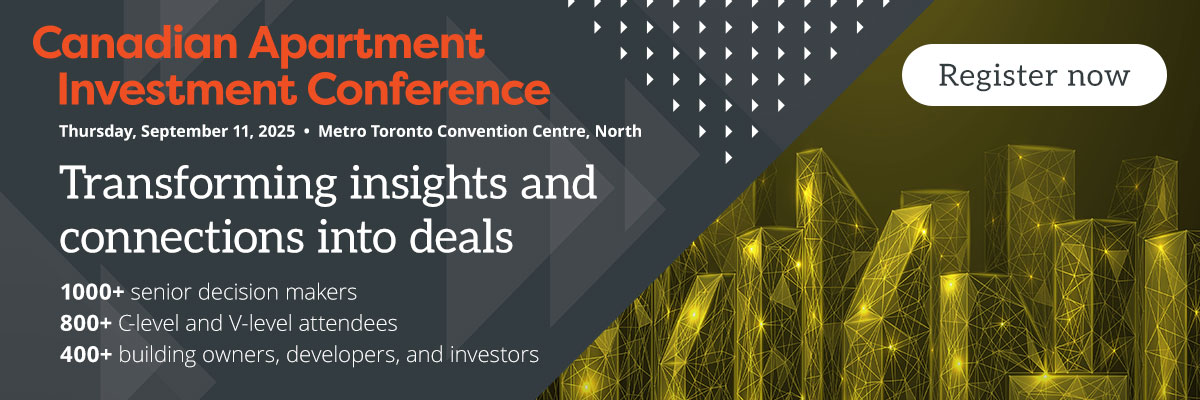Building for the future: Fernando Lozano on design and community engagement

In the dynamic world of architecture, the priorities shaping the design and development of new spaces are constantly evolving. During the Montréal Real Estate Forum, we had the opportunity to speak with Fernando Lozano, CEO and Managing Principal of GKC Architecture and Design, to gain his perspective on these shifting priorities. Lozano highlighted three fundamental principles — community engagement, adaptability, and a holistic approach to development — as essential to the process. These principles, he explained, are vital for understanding the far-reaching impact architectural projects have on neighbourhoods and their surrounding environments.
Watch our interview with Fernando Lozano or read more about his three fundamental principles and their transformative impact on architectural design below.
Community and sustainable development
Every architectural endeavour must consider its impact on the community, encompassing sustainable development opportunities—a paramount challenge today. Sustainable practices are vital not only for minimizing environmental impact but also for future-proofing assets. For real estate developers, understanding how a building functions goes beyond design; it includes assessing structural grids and volume occupancy to ensure long-term viability and environmental harmony.
Technological integration
Lozano highlights the imperative role of technology in modern building design. Unlike 20 years ago, when technology was an afterthought, contemporary spaces are designed with technological integration at their core. It's crucial for developers to comprehend the technological operations of a building, which includes incorporating future-ready designs that anticipate technological advances like artificial intelligence. This forward-thinking approach ensures that spaces remain relevant and adaptable in the face of rapid technological change.
Fostering wellness and connectivity
An additional layer to consider is how spaces cater to the wellness and productivity of their inhabitants. Amenities that contribute to this well-being are not merely desirable but essential. With an ongoing conversation about transitioning workers back to office environments, the focus is not on enforcing return-to-office mandates but on creating spaces that enhance productivity, human connectivity, and comfort. Such environments are inviting and encourage a seamless blend of professional and personal well-being.
In conclusion, modern architecture is about much more than aesthetic appeal; it is about creating spaces that are sustainable, technologically advanced, and conducive to human connectivity and wellness. Through these lenses, architects and developers can create environments that not only withstand the test of time but also foster thriving communities.
